Why Is Your Ficus Dropping Leaves? A Simple Guide to Understanding and Managing Leaf Loss in Ficus

If you own any of the ever-popular and beautiful species from the Ficus family, you've likely experienced the anxiety of watching leaves yellow and drop, leaving behind bare stems where lush foliage once grew.
Ficus plants have earned a reputation as the "drama queens" of the houseplant world, and for good reason. These stunning plants are notorious for their sensitivity to environmental changes. Even minor adjustments in their surroundings can trigger what looks like a botanical meltdown, with leaves yellowing and dropping at an alarming rate.
Whether you're nurturing a statuesque Fiddle Leaf Fig or a delightful Rubber Tree, leaf drop is a common concern that many plant parents face. But before you panic, let's understand why this happens and how to fix it.

Why Do Ficus Plants Drop Their Leaves?
When you bring your first Ficus home, whether it’s a Fiddle Leaf Fig or Charming Ficus Moclame, you may notice some leaf shedding. This can be quite disconcerting, making you wonder if you bought a less-than-healthy plant. Don't worry! This is actually a perfectly normal response for any Ficus that has undergone a change in environment. Just like us, plants find moving super stressful, and the shift from a greenhouse or store to your home is a major change in a few factors, such as:
-
Varied Light conditions
-
Temperature changes
-
Humidity levels
-
Air circulation
This can be fixed in time, though, with the correct care and a little patience, as it can take up to 3 months for your plant to fully adjust to its new home. Trust us, it’s not you, it’s your Ficus being a big baby.
Watering Issues causing Leaf Loss in Ficus Plants
Finding a balance for watering your Ficus in your environment is the best way to shorten the period of leaf loss in your home or office. Both overwatering and underwatering can cause leaf drop, particularly from the bottom of the plant. The following tips will help you find the right balance.
-
Check in regularly: Make sure to keep the soil lightly moist and only water after the top 6 to 10 cm of potting soil has dried.
-
Maintain a consistent watering schedule (typically every 7-10 days)
-
Ensure proper drainage to prevent waterlogging
We usually recommend allowing the potting soil to dry out between waterings, which is ideal for a well-established plant that has been in your space for over a year. However, newly acquired plants that are still adjusting need a bit more water to support their daily functions and recover from the stress of relocation.
Signs you are overwatering your Ficus
Black Patches on Leaves
When black spots appear on Ficus leaves, they typically start as dark brown or black patches. These patches sometimes have a yellow halo around them and can continue if the soil stays too wet for too long. Unlike dry, crispy spots from sunburn, these patches feel soft to the touch. The blackening occurs because the excess water causes cell death in the leaf tissue, leading to decay. You'll usually notice these spots appearing first on the lower leaves.

Lower Leaves Turning Yellow and Dropping Frequently
This is one of the earliest warning signs of overwatering. The yellowing typically starts from the outer edges and moves inward, affecting the entire leaf uniformly rather than in patches. The leaves will feel soft and limp before they fall off. This happens because waterlogged soil prevents proper oxygen flow to the roots, leading to root stress. These species of plant respond by shedding older leaves to reduce their water needs. If you notice more than one or two leaves yellowing and dropping per week during the growing season, it's likely due to overwatering. However, if it only occurs occasionally, your plant is simply experiencing the natural fluctuations of its life cycle.

Drooping Foliage
While drooping can also indicate underwatering, overwatered Ficus leaves have a distinct appearance. The leaves will droop or sag despite the soil being wet, and they'll feel heavy. Unlike underwatered leaves, which feel papery and thin, overwatered drooping leaves feel thick and soft. The stems might also appear swollen or puffy. This drooping occurs because the waterlogged roots can't effectively transport water and nutrients throughout the plant, causing the cellular structure of the leaves to weaken.
Another serious indicator that should be mentioned is root rot, which you can check by gently removing the plant from its pot. Healthy roots should be firm and white or light tan, while rotting roots will be brown or black, mushy, and may have a foul odour. This is an important indicator that you need to stop watering until the soil has reached complete dryness.

Signs you are underwatering your Ficus
Crispy Brown Edges on Leaves
When Ficus leaves are deprived of water, they develop crispy, brown edges that feel brittle to the touch. The browning typically begins at the tips and moves inward along the margins. This happens because the plant redirects available water to its core, leaving the leaf edges to dry out first. You'll notice this symptom appearing first on the newer, more delicate leaves at the top of the plant.

Curling or Cupped Leaves
This is one of the earliest warning signs of underwatering. The leaves begin to curl inward or cup up at the edges, trying to reduce their surface area to minimise as much water loss as possible through transpiration. Drooping is a defensive response from the plant to conserve water. If you notice your Ficus leaves beginning to curl, especially during warmer weather or periods of high light exposure, it's likely experiencing water stress. The plant may recover quickly once watered, but repeated stress can lead to permanent leaf damage and drop.

Dropping Leaves
While leaf drop also occurs with overwatering, underwatered leaves follow a distinct pattern. The leaves first become pale, then turn yellow, and finally brown before dropping. Unlike the soft, uniformly yellow leaves of overwatering, these leaves will feel papery and crisp. The leaf drop typically occurs from the bottom up, as the plant sacrifices older leaves to save water for the plant's new growth. The fallen leaves will be dry and brittle rather than soft and limp. You might also notice that the soil has pulled away from the sides of the pot, another clear indication that your plant needs water.

Stem Wrinkling
Stem wrinkling is another indicator to watch out for. In severe cases of underwatering, the stems become visibly shrivelled and may develop a slightly wrinkled texture, unlike the swollen stems of overwatered plants. The soil will also feel completely dry and may become hydrophobic, causing water to run straight through when you try to water the plant. Fix this by soaking your plant overnight.

Temperature Fluctuations affecting your Ficus
Ficus plants love consistency and are extremely sensitive to changes in temperature. When it comes to keeping them happy, they prefer that you maintain a consistent and even temperature of between 15-24°C, similar to a comfortable room temperature.
Avoid placing any of your Ficus near any forms of cooling or heating vents, and definitely out of cool drafts from doors and windows, especially when opened frequently. Also consider the location, as sometimes tiled floors can lead to unintentional temperature swings, depending on the material used; however, this can be mitigated by placing it on a plant stand or in a planter like a basket that insulates from temperature changes.
TOP TIP: The ideal location for any Ficus is in a bright, indirect light space with consistent temperatures.
Incorrect Light Exposure causing Leaf Drop in Ficus
Ficus love it bright, and often incorrect lighting is what causes these statuesque beauties to shed their leaves. We recommend providing your plant with as much indirect light as possible while avoiding harsh midday sunlight. Though, we would also recommend a little soft direct morning sun (±3 hours) to keep them looking good; anything before 11 am is great.
If relocating your plant from a position that was too bright or too dark, do this gradually, as sudden changes in lighting intensity can also lead to leaf drop.
TOP TIP: Place your plants about 30 cm away from windows to protect them from extreme temperature changes and prevent their leaves from burning. To promote balanced growth, rotate your plant a quarter turn each time you water it - without this rotation, your plant will naturally grow toward the light source, resulting in uneven, leaning growth.

Tips to prevent Leaf Loss in Ficus
Create a Humid Environment
Ficus come from a variety of tropical and subtropical areas around the world. This leaves them with a predilection for thriving in humid environments. So keep the humidity as high as possible to prevent and stop leaf drop in your fine Ficus specimen.
For best results, consider placing your Ficus in rooms with naturally higher humidity, such as your bathroom or kitchen, as long as the light is bright enough. Alternatively, a pebble tray or humidifier will provide your plant with consistent and quality humidity. Spritzing is also an option; however, it is very short-lived and may not make as much of a difference as you may require.

Establish Stable Environmental Conditions
Now that you've stabilised your Ficus and restored it to its full glory, let's focus on preventing future leaf drop. The key is maintaining consistency in your plant's environment. Avoid moving your Ficus unnecessarily, as even small changes in location can shock the plant. Each corner of your home or office has its own microclimate with varying temperatures, and your Ficus is sensitive to these changes.
Make it a habit to check in with your plant on a regular basis, ensuring consistent watering and care routines. If you absolutely must make changes to its environment or care schedule, introduce them gradually to give your Ficus time to adjust.
Support Recovery with Proper Nutrition
Just like us, your Ficus needs extra TLC after stressful times. A seaweed-based fertiliser (like Kelpak or Seabrix) acts as a natural immune booster, delivering essential minerals to help your plant thrive. Be gentle though—a small amount of seaweed feed can go a long way. Keep conditions stable and consider light pruning to encourage fresh growth. Remember, slow and steady wins the race—your Ficus will bounce back at its own perfect pace.

How to Support a Struggling Ficus?
Remember that recovery takes time and patience, and with the right care, leaf drop will be a thing of the past. So to sum it all up, we put it into 4 easy steps:
1. Assess the environment and identify potential stressors. Eg: watering, light, temperature
2. Make necessary adjustments gradually
3. Maintain consistent care practices
4. Be patient—several months for new growth to appear
While leaf drop in Ficus plants can be concerning, it's often a temporary response to environmental changes. By understanding your plant's needs and providing stable, appropriate care, you can help your Ficus recover and thrive. Remember, even experienced plant parents face these challenges of the journey of growing with your plants.
Keep in mind that each plant is unique, and what works for one might not work for another. Pay attention to your plant's signals and adjust your care routine accordingly. With time and attention, your Ficus can bounce back to become the lush, beautiful specimen it's meant to be.






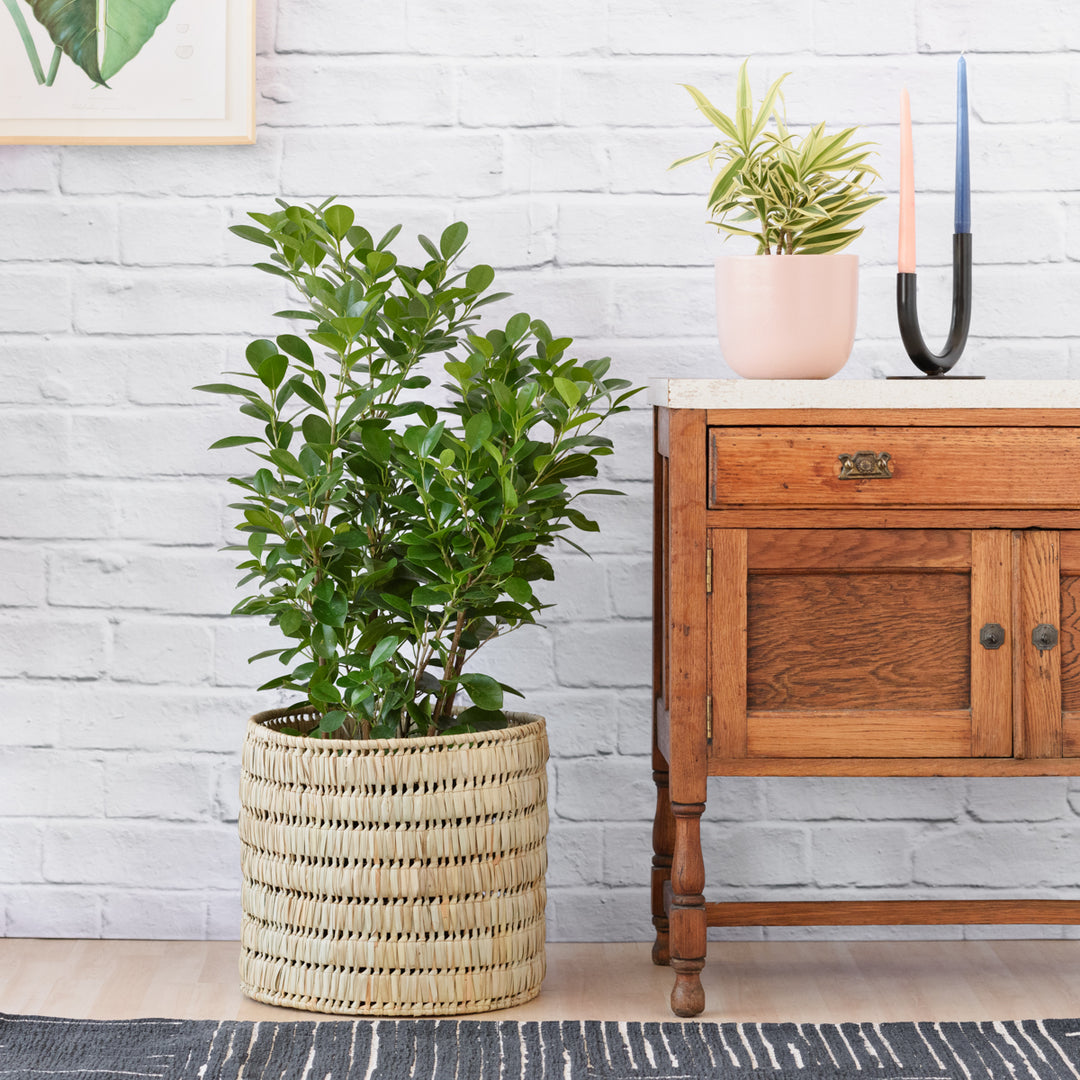
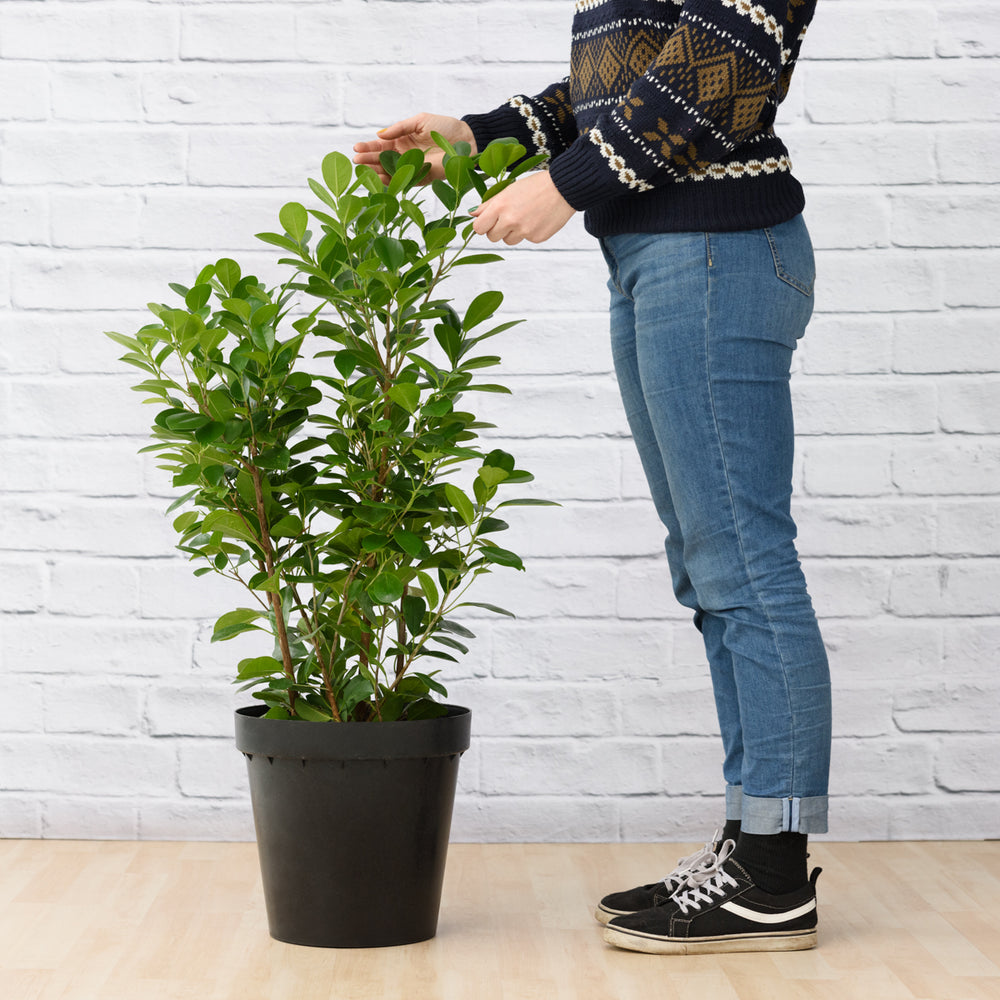
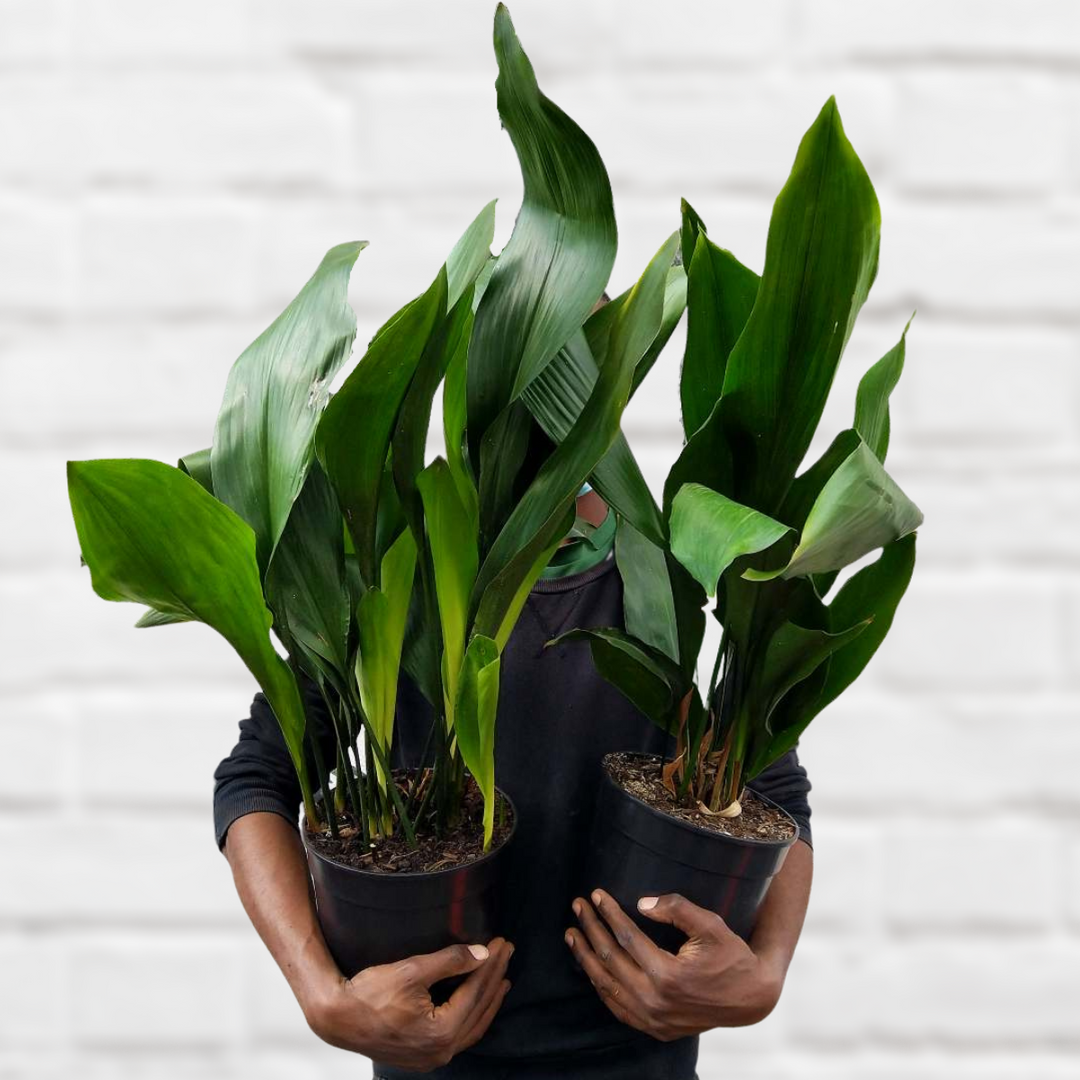
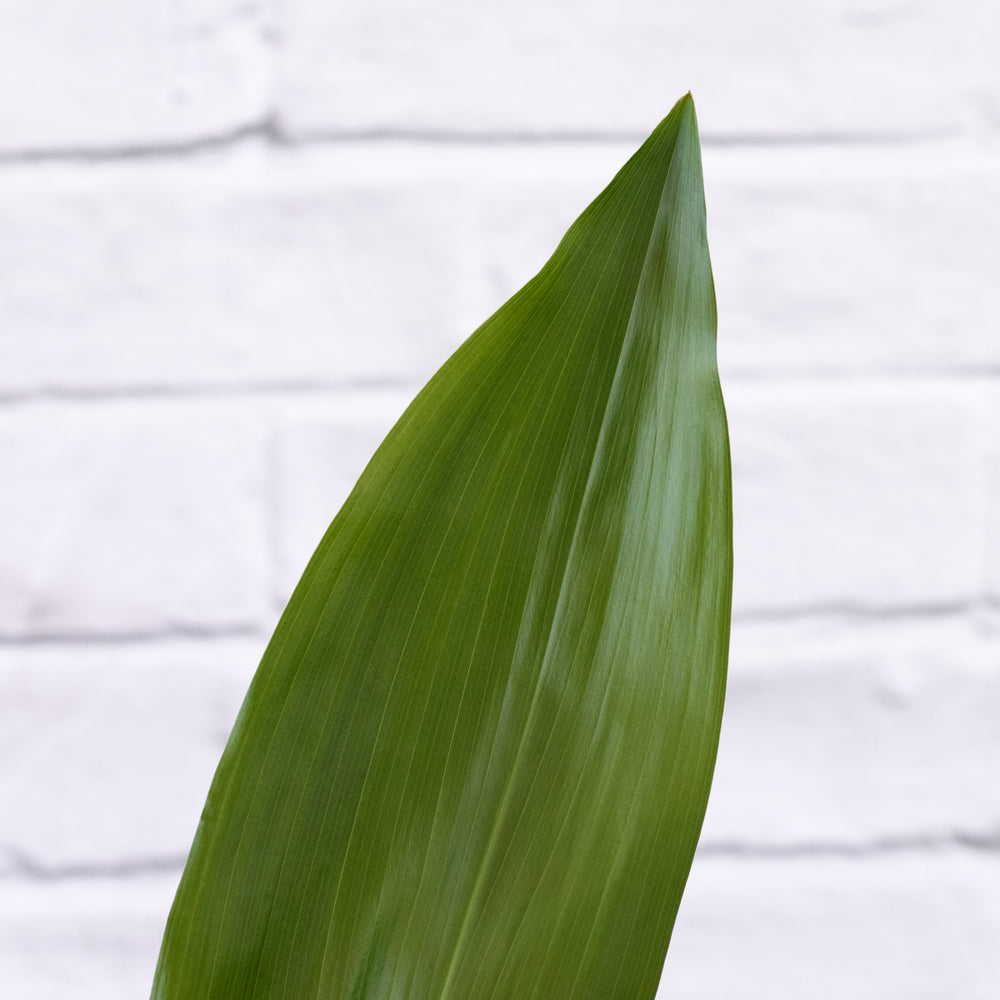
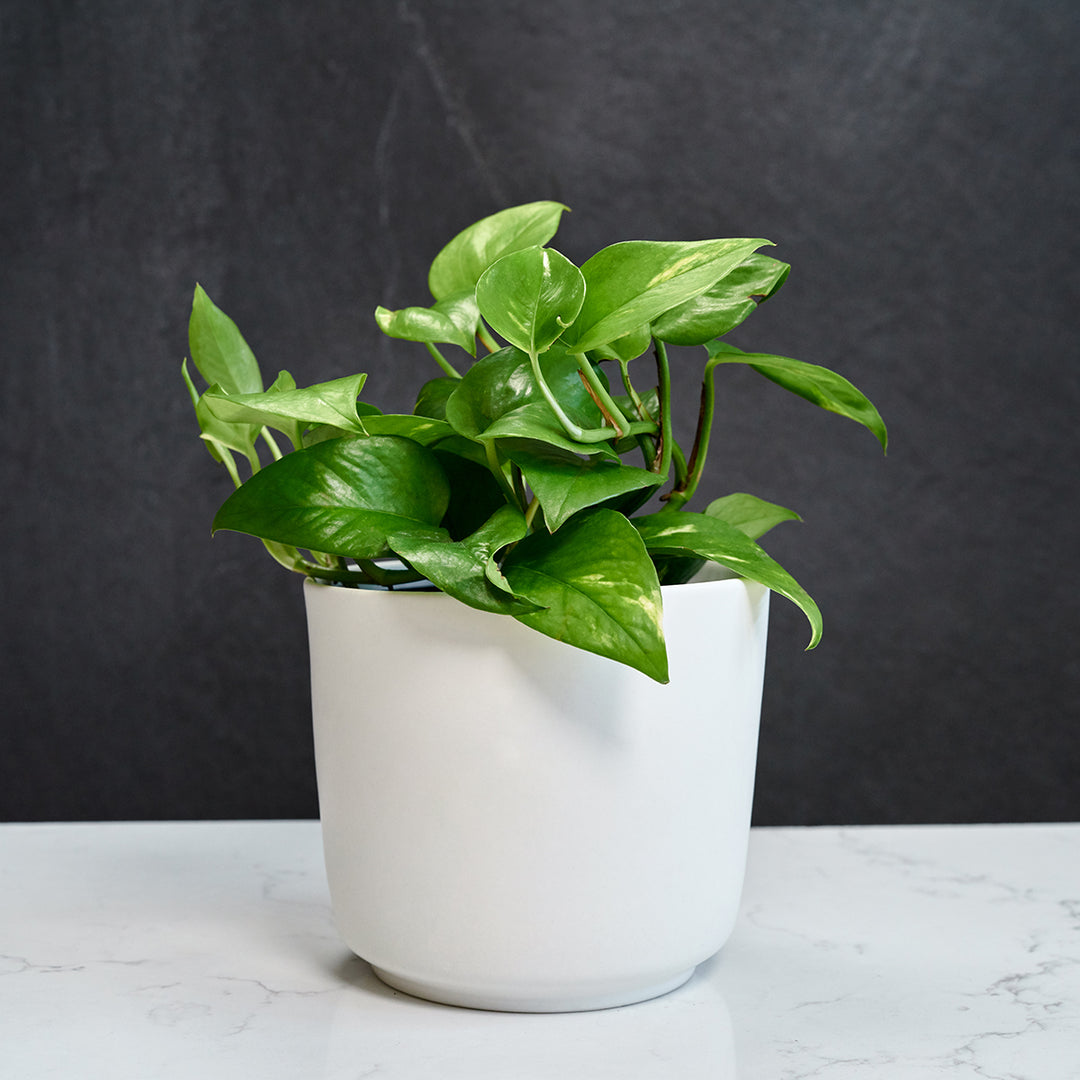
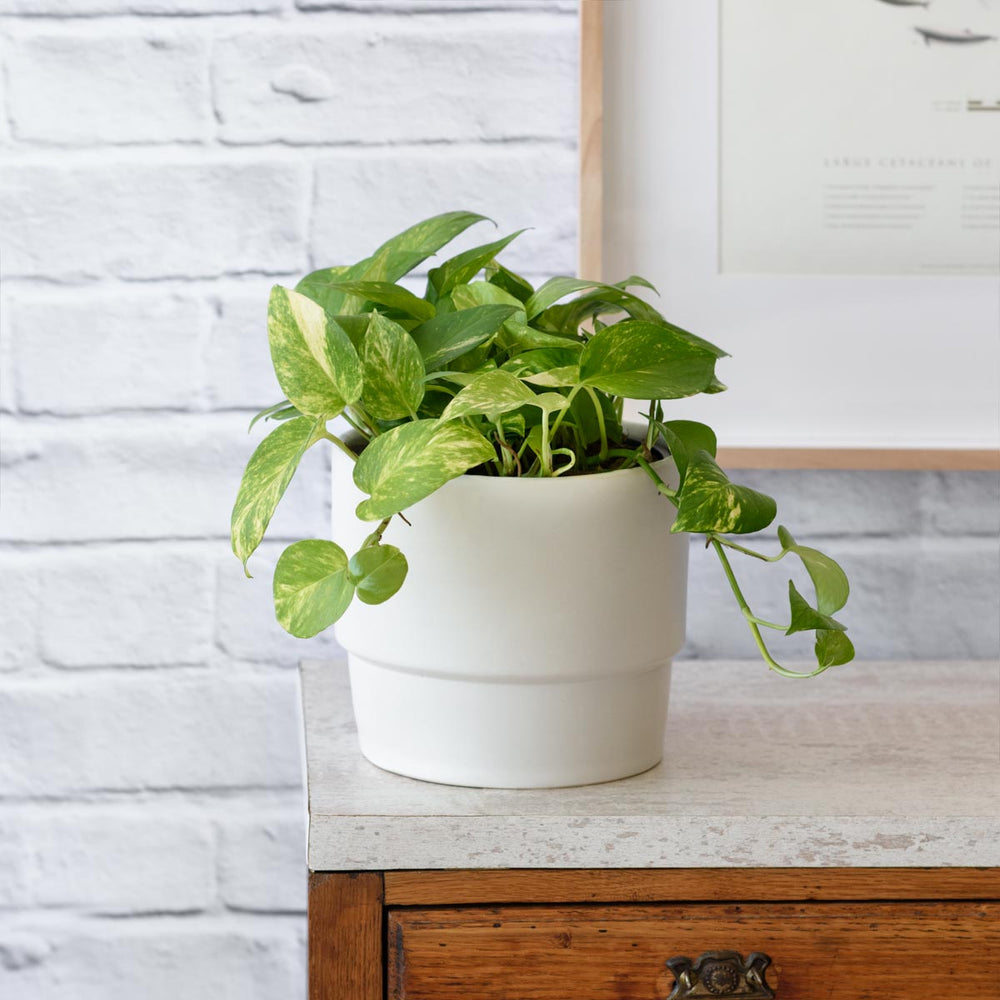
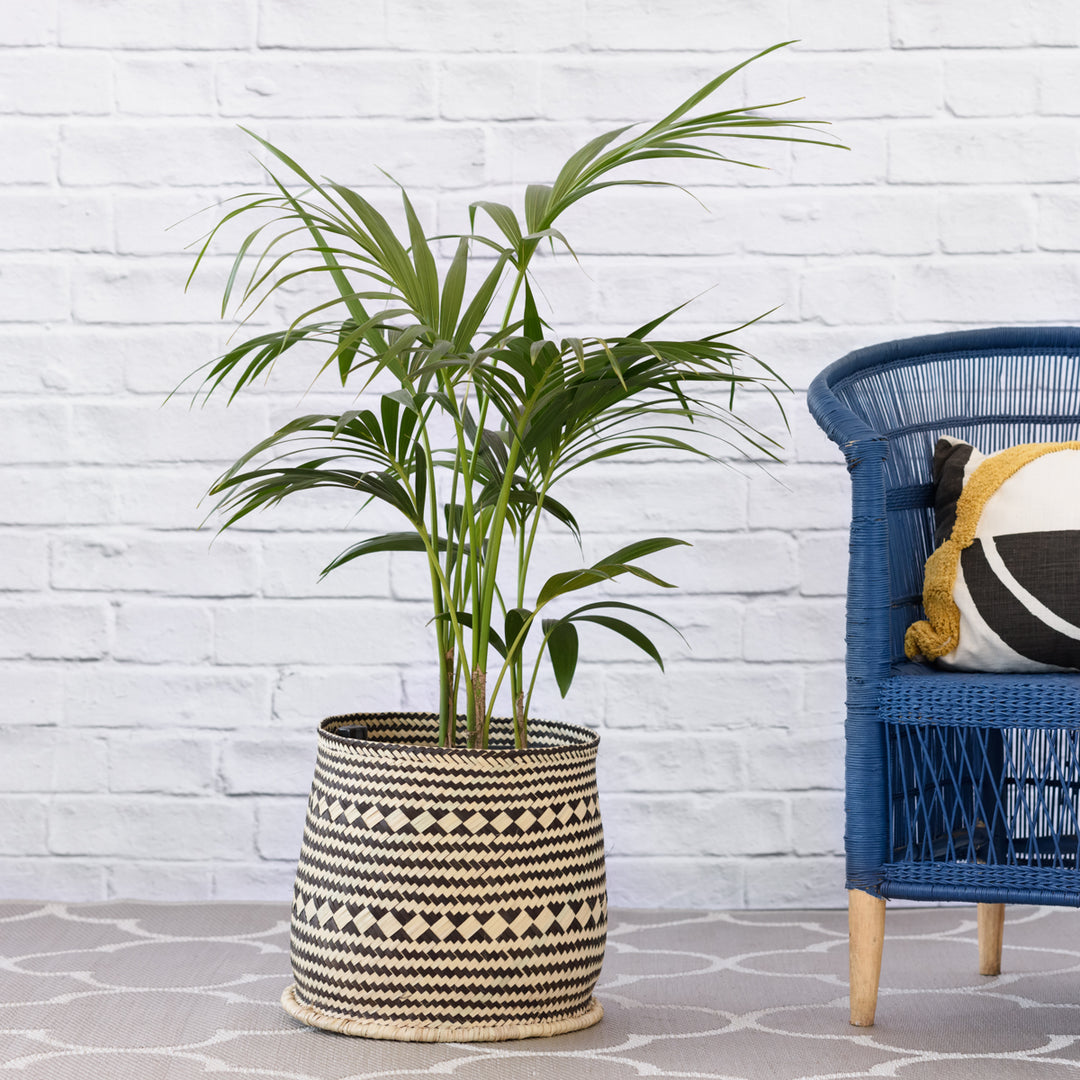



Leave a comment